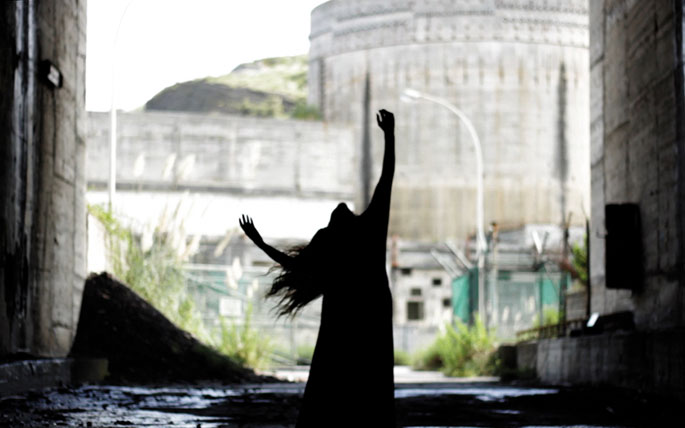
- Gernika will premiere in Lemoiz coinciding with the anniversary of the bombing of Gernika, which is 20 years old. This video is about Mikel Laboa’s contemporary flamenco dance, performing one of Lekeitio’s shows nestled in the context of Lemoiz. For 40 minutes, they will play Laboa's melodies and her dances inspired by Franz Kafka's Law. 24 in San Sebastian and 26 in Astra.

As an expert billiard player knows, he has gathered effectively and carambola apparently far away, almost random, those that seem to: Gernika, Lemoiz, Italy, flamenco, Mikel Laboa. Who? The author of the book Cuatro Cantantes (Pamiela, 2011), Juan Gorostidi, as producer of the initiative, but also the two women who have accompanied it. Manuela Carretta (Schio, 1965) is an Italian choreographer and dancer who fell in love eight years ago with Laboa's play and in 2011 wore flamenco to Haika Chico or Orreaga. The other, Irati Gorostidi (Egüés Valley, 1988), creator of video-camera currently living in Amsterdam, is the creator of the video.
The result, from what I saw before the premiere, is not a simple sum, it is not a creation that pretends to imply about the accumulation of these elements, it is not a video that has become fashionable, it is not flamenco there and Mikel Laboa here, or Lemoiz azala and Gernika mami. Delicately devoured come the sensations linked to context and melody, the bombing of war, nuclear force, attack, destruction, resistance, ghosts, lights and shadows of truth, flight, the need to move forward. In a single instant, then and now. Our and universal. As Gorostidi has already said, “we are predisposed to channelling the beloved artists, to mystifying them and to doing nothing but delicious praise in praise, which, unfortunately, complicates the critical reading. But, I say, are we forced to become icons and always? Coming to the case of Mikel Laboa, his work is very ours, but it is also universal, and any artist can receive it and after working it can return something, through experimentation, as he did.”